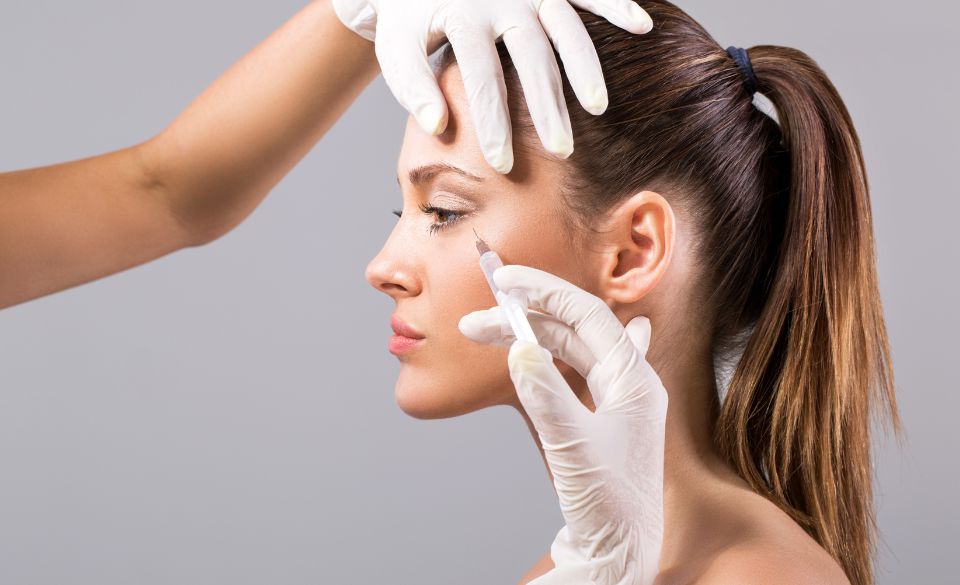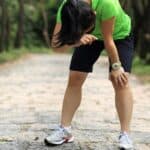
Can You Exercise After Botox? Debunking the Myths and Facts
Page Contents
When it comes to Botox treatments, many people wonder if they can continue their regular exercise routine afterward. Will exercise affect the results? Are there any risks involved? In this article, we’ll debunk some common myths and provide you with guidelines on exercising after Botox.
Myth #1: Exercise Immediately After Botox Will Cause Displacement
One myth surrounding exercise after Botox is the fear of displacement. Some people worry that engaging in physical activity right after the treatment will cause the injected Botox to migrate to other areas of the body, potentially leading to undesirable effects. However, there is no scientific evidence to support this claim. Multiple studies have shown that Botox remains localized to the injected muscles and does not spread to other parts of the body, even during exercise.
Myth #2: Exercise Will Make Botox Wear Off Faster
Another common misconception is that exercise can accelerate the breakdown of Botox, causing the effects to wear off faster. However, this is not true. The longevity of Botox results is primarily determined by factors such as the dosage administered, individual metabolism, and muscle activity in the treated area. Exercise does not have a direct impact on how long Botox lasts.
Guidelines for Exercising After Botox
When it comes to exercising after a Botox treatment, it’s important to follow some guidelines to ensure the best possible outcome. Here are some recommendations to keep in mind:
1. Wait at least 24 hours: Give your body time to adjust and the Botox to settle in the injected muscles. It’s generally advised to wait at least 24 hours before engaging in any strenuous exercise.
2. Avoid excessive heat: Intense heat can increase blood flow and potentially interfere with the distribution and effectiveness of the Botox. Avoid activities such as hot yoga, saunas, or steam rooms for the first 24 to 48 hours after the treatment.
3. Be mindful of facial movements: If the Botox treatment targeted facial muscles, such as the forehead or crow’s feet, be cautious of excessive facial expressions during exercise. Overactive movements in the treated area may affect the results. Focus on maintaining a neutral or relaxed facial expression during workouts.
4. Stay hydrated: Hydration is always important for overall health and can also benefit the results of your Botox treatment. Drink plenty of water before, during, and after exercise to maintain optimal hydration levels. This can help support healthy circulation and enhance recovery.
5. Avoid excessive pressure or friction: Be mindful of any activities that put excessive pressure or friction on the treated area. For example, if you had Botox injections in your forehead, avoid wearing tight headbands or hats that might rub against the area.
6. Follow professional advice: It’s crucial to consult with your healthcare professional or the provider who administered the Botox treatment for specific post-treatment guidelines. They will consider your individual circumstances and provide personalized advice based on your needs and the specific areas treated.
Remember that everyone’s response to Botox can vary, so it’s essential to listen to your body and pay attention to any unusual or concerning symptoms. If you experience any persistent pain, excessive swelling, or other adverse reactions during or after exercise, it’s advisable to stop and seek medical advice.
Studies on Exercising After Botox
While there is limited research specifically focused on the effects of exercise after Botox treatments, several studies have examined the distribution and movement of Botox within the body. These studies consistently demonstrate that Botox remains localized to the injected muscles and does not migrate to other areas, even during physical activity.
A study published in the Journal of Cosmetic Dermatology found that Botox injections remained confined to the targeted muscles and did not spread to surrounding tissues during exercise. Another study published in Plastic and Reconstructive Surgery analyzed the effects of exercise on Botox and concluded that exercise did not impact the distribution or effectiveness of Botox injections.
These studies, along with clinical experience, support the notion that exercise does not pose a significant risk or interfere with the desired results of Botox treatments. However, it’s important to remember that individual responses to Botox can vary, and it’s always advisable to follow the guidelines provided by your healthcare professional.
Listen to Your Body and Follow Professional Advice
While exercising after Botox is generally safe, it’s crucial to listen to your body and be mindful of any discomfort or unusual sensations. If you experience pain, excessive swelling, or other concerning symptoms during or after exercise, it’s recommended to stop and seek medical advice.
Additionally, every individual may have unique considerations based on their specific treatment, medical history, and overall health. Therefore, it’s essential to consult with your healthcare professional or the provider who administered the Botox treatment. They can provide personalized guidance tailored to your circumstances and address any concerns you may have.
Other Questions About Exercising After Botox
Q: Can I exercise immediately after Botox?
A: It’s generally recommended to wait at least 24 hours before engaging in any strenuous exercise after a Botox treatment.
Q: Will exercising after Botox cause the injected Botox to migrate?
A: No, there is no evidence to support the claim that exercise causes Botox to migrate from the injected area. Botox remains localized to the treated muscles.
Q: Can I do cardio exercises after Botox?
A: Yes, you can perform cardio exercises after Botox. Just be mindful of your body’s response and follow the general guidelines for exercising after Botox.
Q: Can I lift weights or do strength training after Botox?
A: Yes, strength training exercises are generally safe after Botox. However, it’s important to listen to your body and avoid excessive strain or pressure on the treated areas.
Q: Should I avoid activities that involve bending or head movements after Botox?
A: While it’s not necessary to completely avoid bending or head movements, it’s best to be mindful and avoid excessive or abrupt movements that may strain the treated muscles.
Q: Can I do hot yoga or use a sauna after Botox?
A: It’s advisable to avoid intense heat, such as hot yoga or saunas, for the first 24 to 48 hours after Botox. Heat can increase blood flow and potentially affect the distribution of Botox.
Q: Should I avoid facial expressions during exercise after Botox?
A: If the Botox treatment targeted facial muscles, it’s best to be mindful of excessive facial expressions during exercise. Overactive movements may affect the results.
Q: Is it necessary to stay hydrated when exercising after Botox?
A: Yes, it’s always important to stay hydrated during exercise, including after Botox. Proper hydration supports overall health and can contribute to optimal recovery.
Q: What should I do if I experience pain or swelling during or after exercise?
A: If you experience persistent pain, excessive swelling, or other concerning symptoms during or after exercise, it’s advisable to stop and seek medical advice.
Remember, these answers provide general guidance, but individual responses to Botox may vary. It’s always a good idea to consult with your healthcare professional or the provider who administered the Botox treatment for personalized advice and recommendations based on your specific situation.



